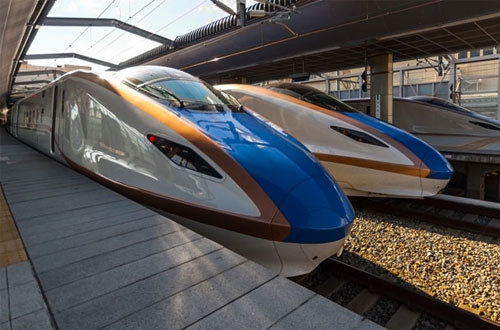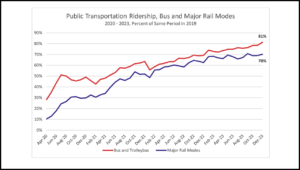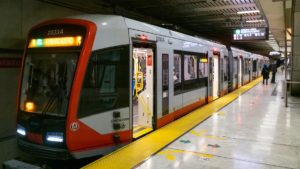Ontario issues bid notice for HSR environmental assessment
Written by Kyra Senese, Managing Editor
Ontario has issued a Request for Bids (RFB) to develop the environmental assessment terms of reference for a portion of its corridor linking Kitchener-Waterloo to London in southwestern Ontario.
The terms will offer an outline for planning and the environmental assessment, which will evaluate how aspects of the project could affect the environment. Topics such as how stations are built, track locations, energy requirements, expected ridership and parking needs will be considered.
“I am very happy to announce our progress in bringing high speed rail to southwestern Ontario—connecting communities and investing in a future-ready transportation system,” said Steven Del Duca, minister of Transportation. “This historic project is the first of its kind in Canada, and will be one of the largest planning and environmental assessments our province has ever completed. We are investing in modern, integrated transit that will make life easier for commuters and families, and get people where they need to go faster.”
New train and safety standards are set to be developed with Transport Canada to inform the environmental assessment process, officials said, citing the fact that high-speed rail will be a new service for Ontario and Canada.
The high-speed rail line is expected to provide service for more than seven million commuters, with suggested stops including Windsor, Chatham, London, Kitchener-Waterloo, Guelph and Toronto Union Station, with a connection to Pearson International Airport.
A website has been dedicated to the environmental assessment process, and officials said it will be continuously updated to inform the public of “what high-speed rail will mean for people in Southwestern Ontario and across the province.”
Ontario says it plans to engage with Indigenous communities, private and public partners and municipalities throughout the environmental assessment process, as well as during design work and ridership forecasting.





